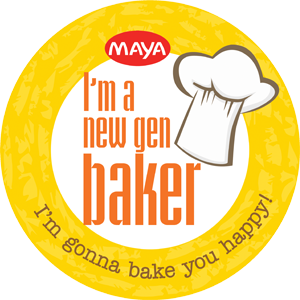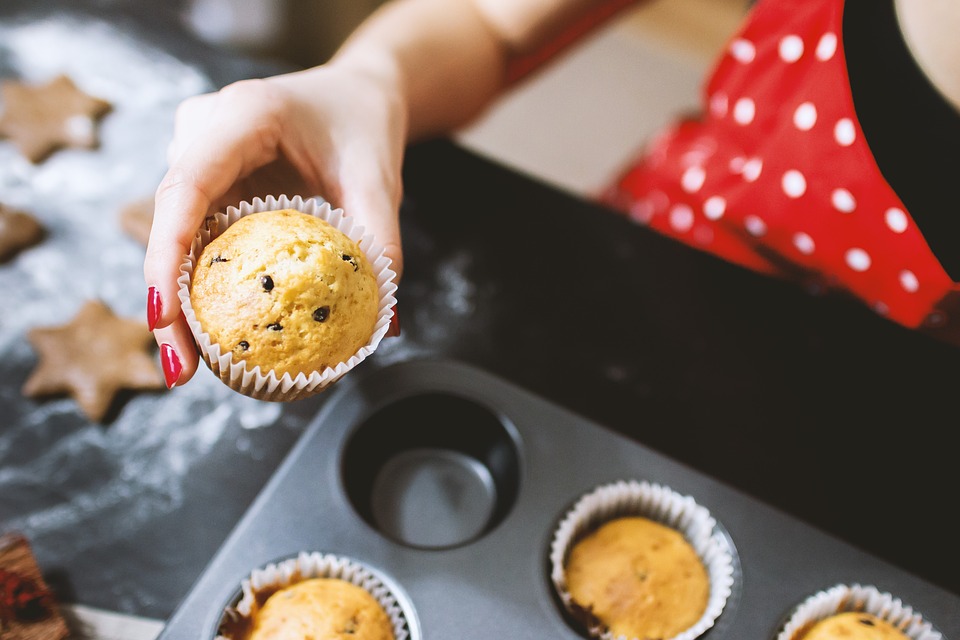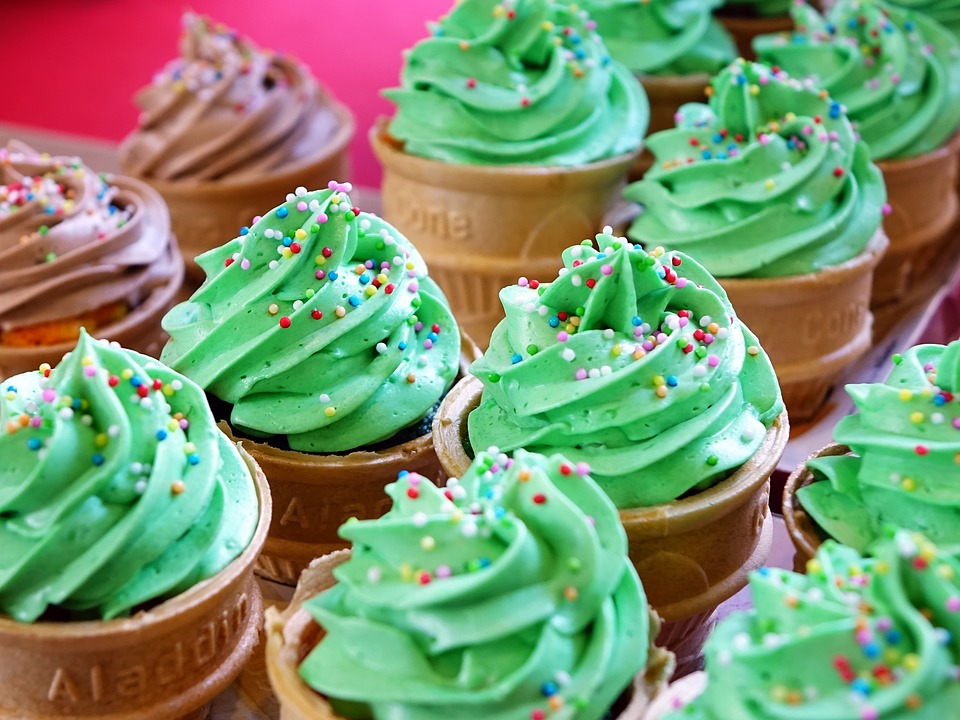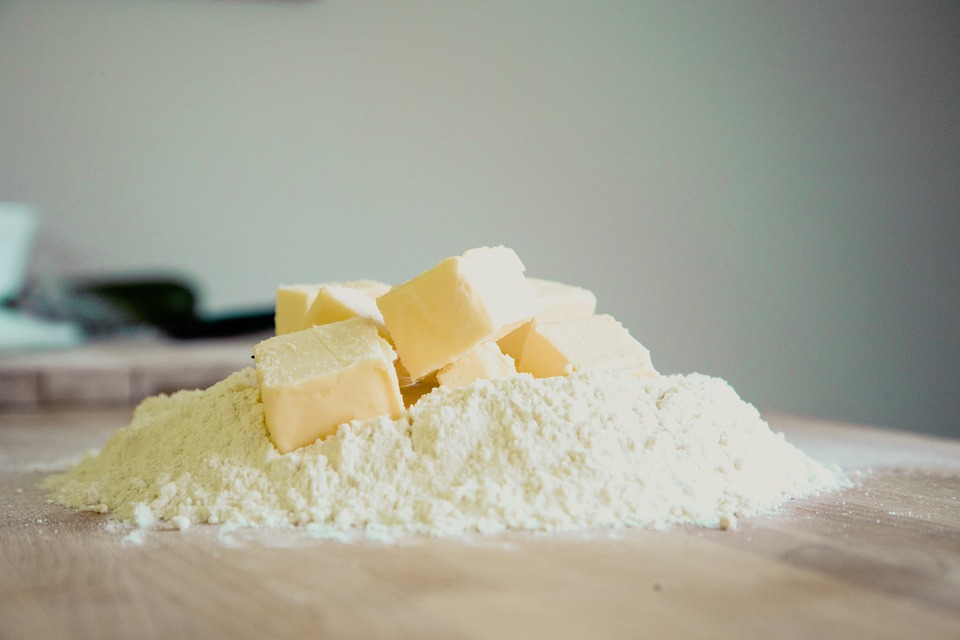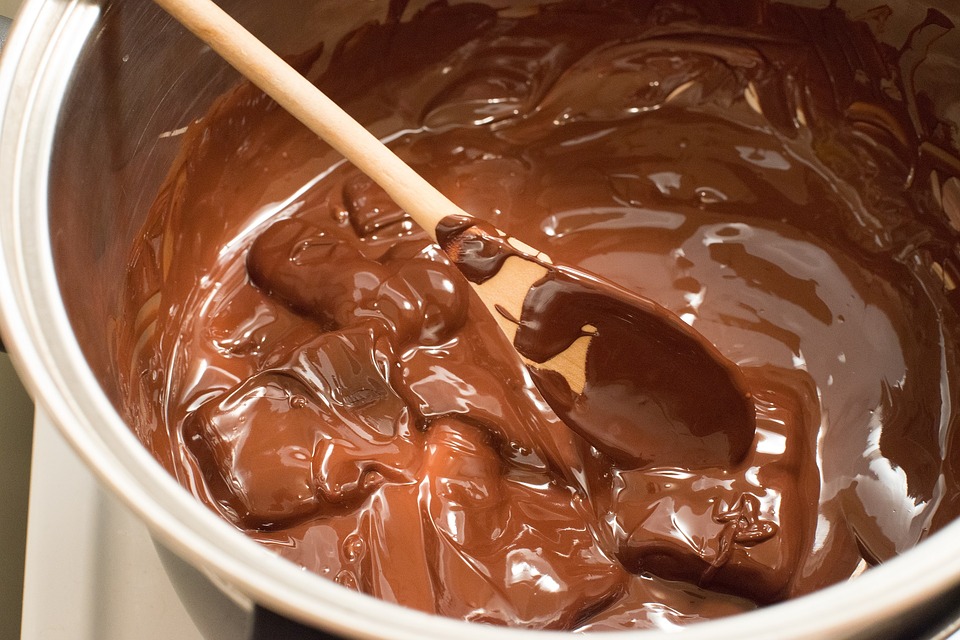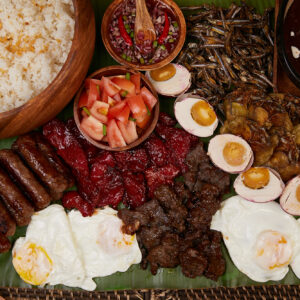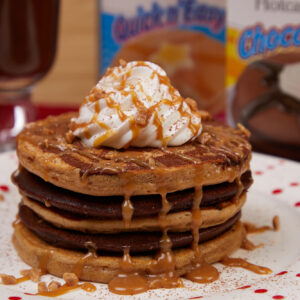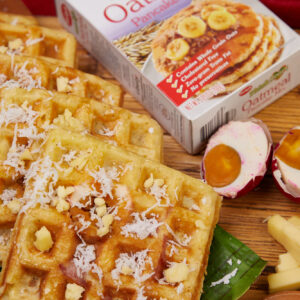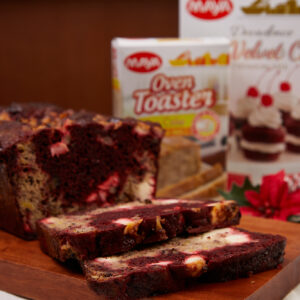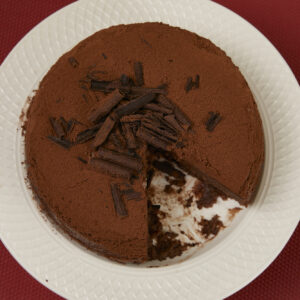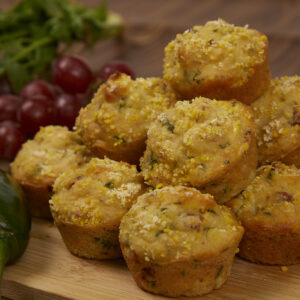If you want to bake great cakes, cookies, pies, and bread, then you absolutely have to know these baking methods. We’ve said it before, but it bares repeating: baking is a science. There are so many different skills to master, which we believe is what makes it so much fun.
So without further ado, here are four essential baking techniques:
#1 Creaming Technique
Ever come across a recipe that instructs you to “cream the butter (or shortening) with sugar”?
The purpose of creaming is to incorporate air into the mixture to give your cake a light texture. Recipes tell you to cream your butter with your sugar so that the sugar is evenly distributed throughout your batter.
The creaming method consists of softening your butter first, then beating it with an electric mixer at medium speed. Or you can go old school and use a wooden spoon. You need to beat the butter until it achieves a creamy texture and paler color of yellow. Eggs and flour usually follow after the sugar.
#2 Rubbing in Technique
This is hugely important when baking pies with flaky crusts, scones, and the like. The process consists of rubbing flour and butter between your fingers to yield a mixture that resembles crumbs.
The whole point of this process is to ensure that the butter is encased in a layer of flour. Unlike the creaming technique, rubbing calls for chilled butter. Rub it lightly with your hands above the bowl using just the tips of your fingers so as not to produce clumps.
#3 The Whisking Technique
As the name suggests, you’ll need a whisk when it comes to making meringue, chiffon, and sponge cake. Much like the creaming method, the point of whisking is to aerate the product, but instead of butter, we’re using eggs.
Making meringue entails whisking egg whites until they forms stiff peaks. For sponge cakes, egg yolks are whisked with sugar. In a separate bowl, the whites are whisked with more sugar, and later combined with the yolk mixture.
#4 The Melting Technique
The melting technique is possibly the easiest and quickest of the four. And unlike the others, melting yields denser, moist desserts, and is great for baked goods that use syrup or honey. An example of a dessert that uses this technique is gingerbread.
Melt your butter and syrup together in a saucepan, then combine them with your dry ingredients. Your dry ingredients will typically include a leavening agent like baking powder or soda so that your dough or batter rises.
If you found this article helpful, go ahead and share it with your fellow bakers! Got something you want to add? Feel free to leave a comment below.
